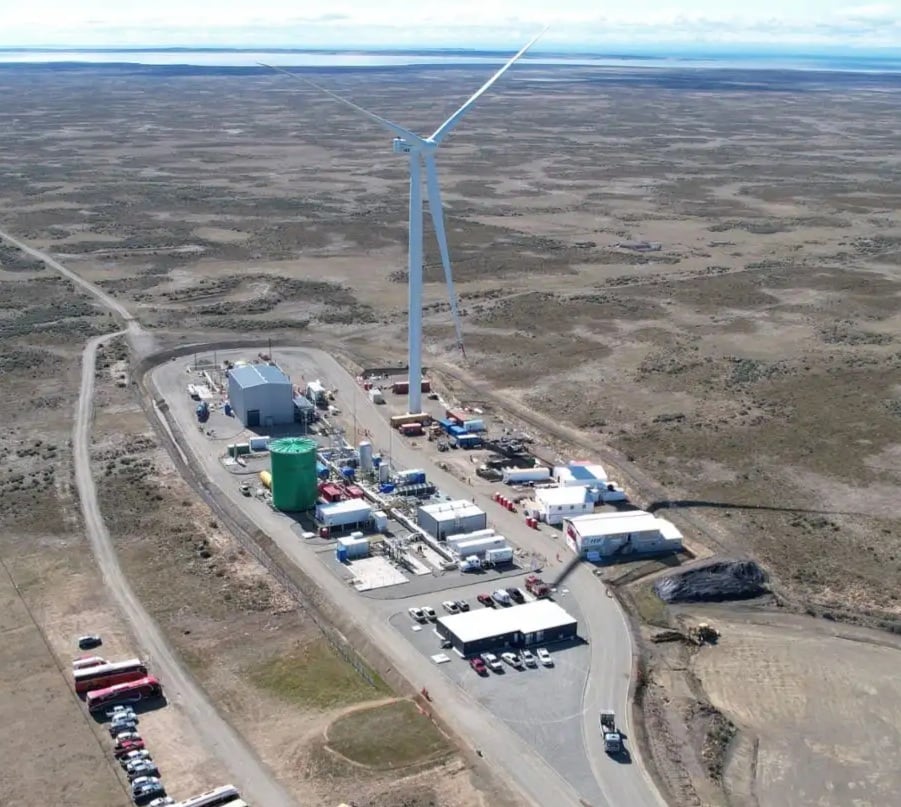this post was submitted on 29 Jul 2023
128 points (100.0% liked)
Technology
59466 readers
3354 users here now
This is a most excellent place for technology news and articles.
Our Rules
- Follow the lemmy.world rules.
- Only tech related content.
- Be excellent to each another!
- Mod approved content bots can post up to 10 articles per day.
- Threads asking for personal tech support may be deleted.
- Politics threads may be removed.
- No memes allowed as posts, OK to post as comments.
- Only approved bots from the list below, to ask if your bot can be added please contact us.
- Check for duplicates before posting, duplicates may be removed
Approved Bots
founded 1 year ago
MODERATORS
you are viewing a single comment's thread
view the rest of the comments
view the rest of the comments

The more interesting approach is synmethanol, particularly via electrosynthesis. Only half of energy density of gasoline, and suitable for fuel cells, including DMFCs.
Direct methanol fuel cells (DMFCs) still have low power densities ... so maybe we should look at molten carbonate fuel cells or simple heat engines ? Anyway, synmethanol looks great !
Haber-Bosch for fertilizer, Fischer-Tropsch for synfuel.
But, really, we need something with mild conditions and preferably something directly electrosynthesis driven. Large potential for improvement in both.
The Haber-Bosch approach to breaking the nitrogen triple bond takes a lot of energy in terms of high pressure and temperature which is not present in the product, hence wasted. Ammonia is a fertilizer either as gas or as ammonium nitrate, and too precious to burn.
Another random fact: half of the combustion enthalpy present in liquid hydrogen has been spent on its liquification.